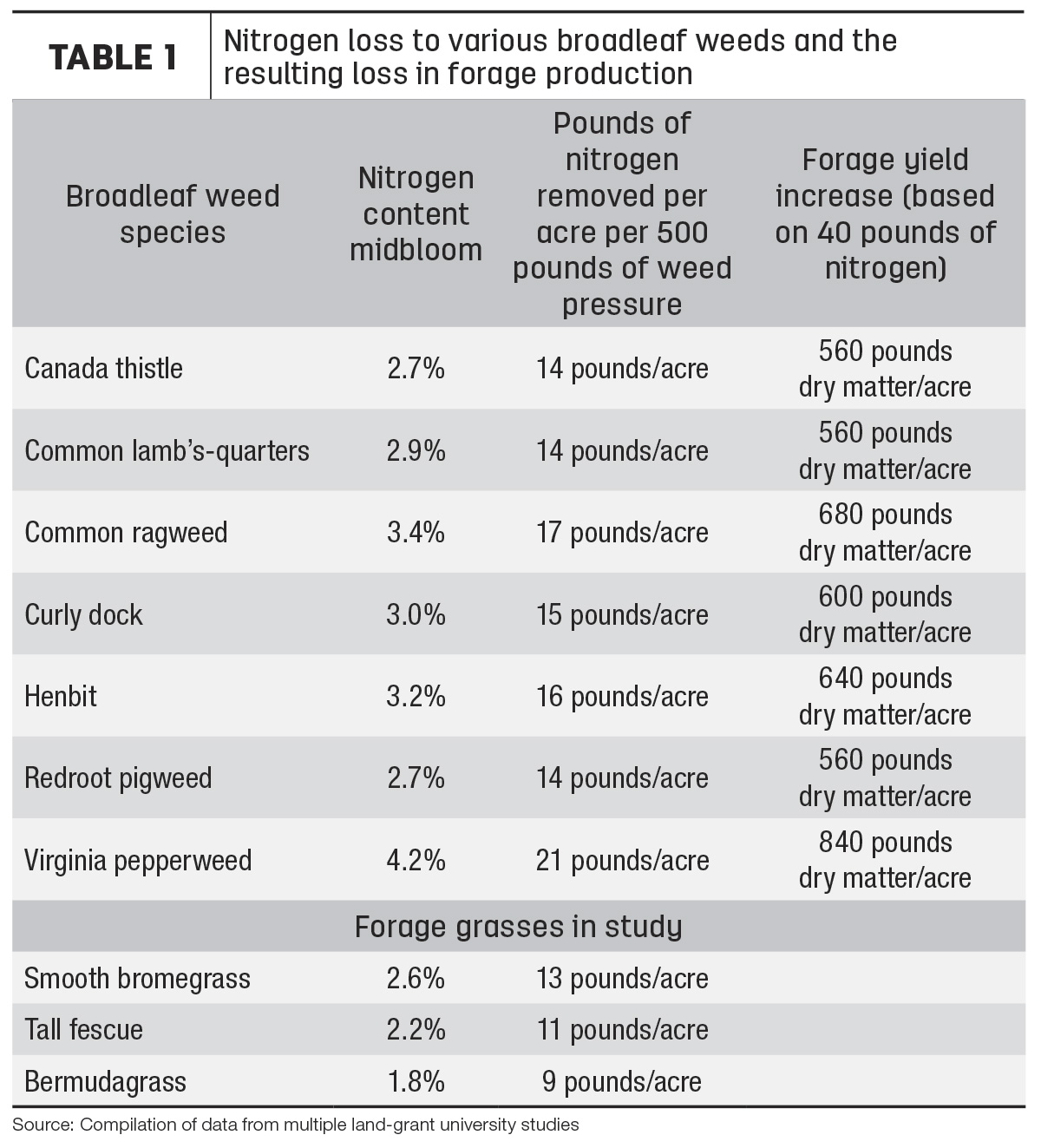A female throws only one calf a year. Similarly, you get only one grazing season per year to improve your pastures. It’s important to make the most of each opportunity – especially now as herd rebuilding and expansion are top of mind, and preparing grazing acres to support those extra animals takes time.
Even as market conditions continue to pressure herd rebuilding, the delay presents an opportunity to get the jump on solidifying your forage base. Take advantage of this window – a time when there are fewer hooves on the ground – to position your grazing acres for when you decide the time is right to grow your herd. Here are three recommendations on starting:
- Focus on existing acres. Rather than searching for pastureland to buy or rent, work to improve and maximize the acres you already have. Controlling broadleaf weeds and eliminating brush not only helps increase grass production but also improves utilization. Grazing avoidance (livestock not wanting to stick their noses in among the weeds, especially thorny ones) in effect shrinks pastures and concentrates grazing in other areas, which exacerbates the problem.
- Invest for the long haul. Although input prices and interest rates continue to pressure profit potential, cattle prices remain strong. If you have resources to invest in your operation, dedicating some to your grazing acres – whether that’s in weed and brush control or complete renovation – can pay dividends for years to come. And then there’s infrastructure: A single cross fence, for example, can enhance grazing management. Improving water distribution can add flexibility too.
- Manage drought and drought recovery. Moisture has returned to many drought-stricken areas, but others continue to suffer. Drought recovery takes time – several years in some instances. Give grasses as much time as possible to rebuild root structure before rebuilding your herd. Scout pastures early and eliminate weeds before they outcompete recovering grasses.
Grazed forages offer the lowest-cost way to feed a cow. Regardless of cattle economics or whether you’re expanding or maintaining herd size, keep an eye on the expense side of the ledger to help increase profit potential.
Weeds out, flexibility in
Even if you’re not considering expanding your herd, it makes sense to grow all the grass you can. But how do we get there?
Years of data collection across the country established the standard that every pound of broadleaf weeds eliminated in the pasture returns at least 1 to 1.5 pounds of forage.
Forage response depends on weed and grass species present, soil type, moisture and other factors. After analyzing data from several university trials, nitrogen rose to the top as a primary limiting factor.
Most common broadleaf pasture weeds contain about 3% nitrogen at the midbloom stage. A moderate weed infestation level produces about 500 pounds of weeds per acre, so those weeds are stealing 14 pounds to more than 20 pounds of nitrogen per acre.
It begs the question: What could productive forage grasses do with that nitrogen?
A successful weed control program in effect gives nitrogen back to the forages to grow more grass. Table 1 shows how much nitrogen various weed species rob and the pounds of dry matter that lost nitrogen potentially could produce.

Certain grass species, including bermudagrass, exhibit a greater response to nitrogen; thus, dry matter production is higher. Regardless, grass replaced each of the weed species pound for pound, at least. This information reinforces the importance of controlling weeds early and protecting fertilizer investments.
The sooner you stop weed competition, the less nutrients, moisture and sunlight they can steal from grasses. A residual herbicide lets you make that early treatment and then maintain control well into the season. That’s important because weeds cost more than you might think.
Data drives home the point that if you fertilize without weed control, you’re fertilizing weeds. If budget requires you to choose between weed control or fertilizer, control the weeds first.
Whether that extra forage goes toward increasing stocking rates, extending the grazing season or putting up extra hay, an abundant, high-quality forage base gives cattle producers the flexibility to manage according to the goals of their individual operations.
More grass means more pounds of beef per acre. In today’s market, that’s a significant impact on the income side of the equation.












